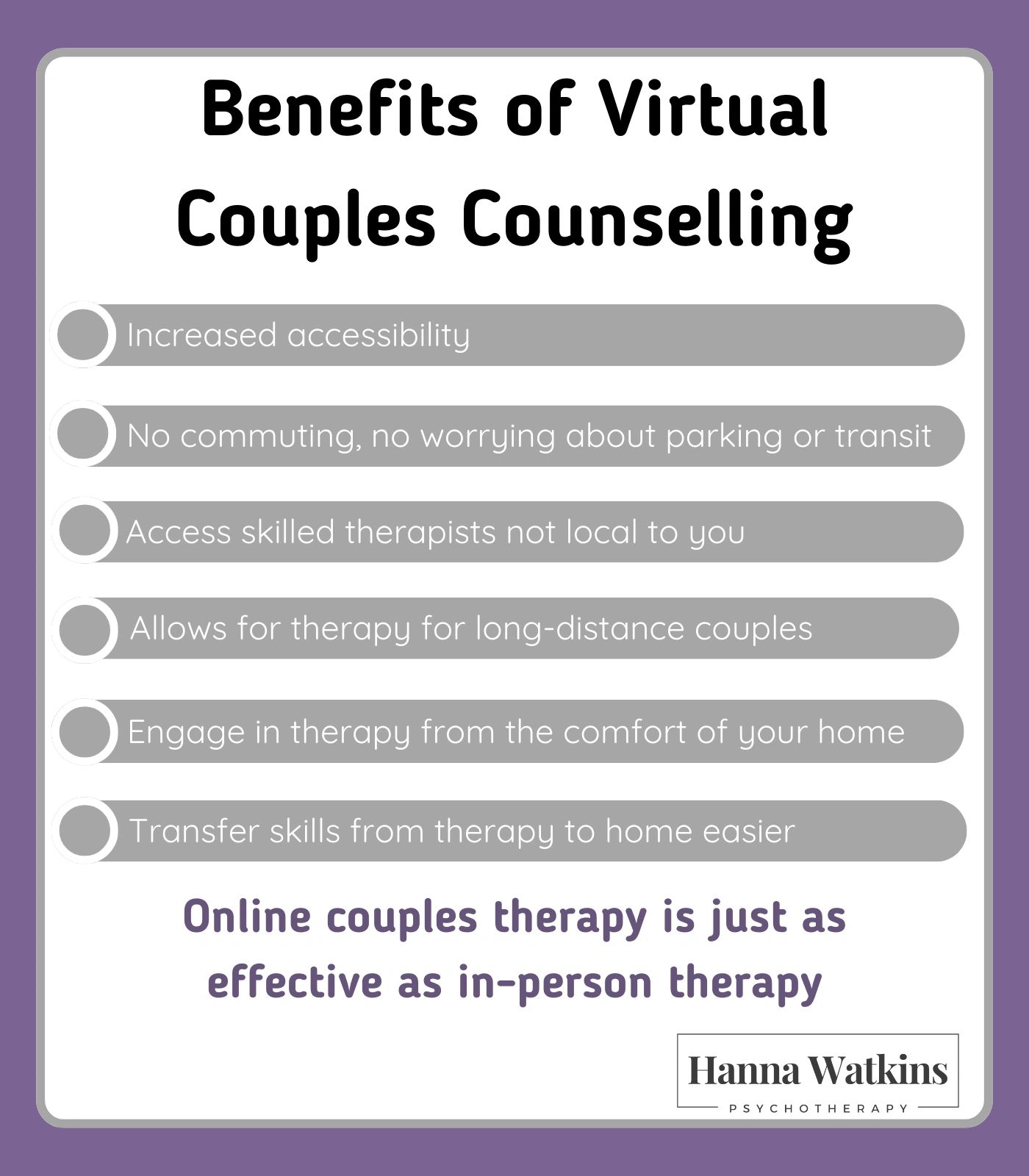Aim Point Counseling Things To Know Before You Buy
Aim Point Counseling Things To Know Before You Buy
Blog Article
The Best Guide To Aim Point Counseling
Table of ContentsSome Of Aim Point CounselingThe Single Strategy To Use For Aim Point CounselingAim Point Counseling Fundamentals ExplainedAim Point Counseling - QuestionsGetting The Aim Point Counseling To Work6 Simple Techniques For Aim Point Counseling
The longitudinal design entails a pre-treatment survey and two follow-up studies at 3- and 12-months post-intervention. The research study is embeded in 8 Relationships Australia Victoria centres, across urban, external residential areas, and regional/rural websites. Relationships Australia, a non-government organisation, is the biggest company of pair coaching and relationship services in Australia.
In Australia, the average length of marriage before separation is 8.8 years, and approximately half of all divorces involve pairs with youngsters [1] These high prices of partnership breakdown have been consistently connected with negative wellness effects for both grownups and children complying with divorce/separation. These consist of isolation from support networks, and lowered income and standard of living for both grownups and youngsters [3], predicaments of commitment over youngsters for men, and depression and loss of identification for females [4,5]
What Does Aim Point Counseling Mean?
Longitudinal research studies also recommend that children of separation have a greater occurrence of mental disorders, alcohol and drug usage, and high-risk sex-related behavior [7] Although the effects of separation and separation can be destructive, research study suggests that high relationship disharmony in intact couples is additionally likely to have unfavorable end results.
Factors that affect the results of these services require comprehensive investigation. Research study to day has actually recognized both pair and individual elements that may add to partnership dissonance. These include relationship contentment and dedication at the pair level, and depression at the specific level. Robust study to evaluate relationship-enhancing treatments in the area are limited.
Aim Point Counseling Fundamentals Explained
Connection complete satisfaction has been the most typical outcome variable recognized in more than 200 evaluations of pair therapy [11,12] Researches have located considerable improvements in connection satisfaction from pre- to post-treatment [13,14] and over the training course of one to two years adhering to counselling [15] In these research studies, relationship fulfillment was most frequently analyzed using the Dyadic Change Range (DAS) [16] As a result, while most research studies indicate enhancements in partnership complete satisfaction adhering to couple therapy, they are restricted by the samples and steps made use of, largely short-term follow-up amount of time, and evaluations that do not make up the dyadic nature of couple data. Relationship commitment, based upon measures such as the Dedication Supply (CI) [19], is one more frequently investigated relationship result.
To summarise, research indicates that couple-specific variables in addition to specific factors may anticipate the results of couple therapy and relationship solutions. The causal instructions of these relationships, nonetheless, is less clear. These monitorings are vital, since, to warrant and direct the application of partnership solutions such as pair counselling, empirical evidence should explore both the outcomes of relationship solutions and the aspects that anticipate successful therapy.
, at least in some European countries.

We presently understand little regarding the accounts of pairs that look for connection education and learning compared with those who look for relationship therapy, or the results of these programs. Nevertheless, unscientific proof recommends that there might be considerable distress among a minimum of some pairs looking for partnership education and learning. Connection education and learning programs vary from pair coaching as they are normally very structured, performed in teams, and concentrate on a mixture of four parts; awareness, feedback, cognitive change, and skills training [45]
The Only Guide to Aim Point Counseling
Responses includes participants finishing sets of questions regarding their relationship (e.g. actions of social issues), and getting info on what their ratings suggest. Cognitive-behavioural approaches advertise changing cognitions to facilitate favorable relationships. These might consist of advertising sensible attributions/expectations around unfavorable partner behavior [46] In abilities training, pairs attend talks or presentations on partnership abilities, and practise these throughout facilitator-led activities [ 45]
These results have actually persisted for approximately 4 years in some studies [47] However, these meta-analyses highlight restrictions in the present literary works on partnership education. Particularly, the bulk of research studies involved couples from upper socio-economic histories that were not experiencing high partnership disharmony [47,48] This sample account might not represent customers that typically present for connection education.
Getting The Aim Point Counseling To Work

Really little research study has examined the relative benefits of couple coaching and connection education programs. As clients are most likely to self-select right into these service kinds, it is not clear whether characteristic connection distress accounts existing to every solution type, or certainly whether there is a communication in between offering account, solution type and outcome.
(https://www.startus.cc/company/aim-point-counseling)
Therefore, we have actually included a 12-month follow-up to assess longer-term patterns and effects. The research uses a number of standardized result steps given that some previous investigations have actually been criticised for their lack of standard analysis [50] The usage of analytical analyses that presume independence of information, such as t-tests, or ANOVAs, has actually been prevalent in previous researches [ 44,49]
We recommend to make use of multi-level statistical modelling procedures that control for the inter-dependence of pair data to assess any therapy impacts. The certain goals this contact form of the ECC research study are to: 1. Map accounts of customers looking for community agency-based couple therapy vs. connection improvement programs in terms of socio-demographic and relationship indicators (such as relationship satisfaction, relationship commitment, social troubles, and reasons for attending), in addition to health and wellness (such as depression, basic wellbeing) and health and wellness service use (eg.
2. Identify whether couple coaching and relationship education services improve three- and twelve-month end results for connection satisfaction, commitment, and clinical depression, using statistical evaluations ideal to couple data. 3. Identify the relative payments of customer elements (private and pair) and therapy/education aspects to results at 3- and 12-months, and to sustainability of results with time.
Indicators on Aim Point Counseling You Need To Know
Multi-level modelling to establish pre-post differences, controlling for dyadic (couple) level. To contribute to the literature evaluating the performance of community-based pair therapy.
Report this page